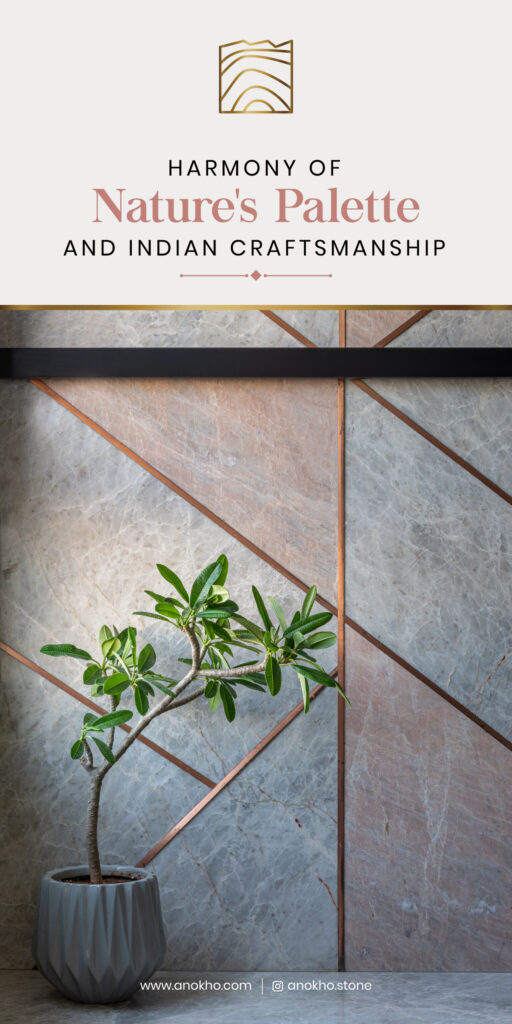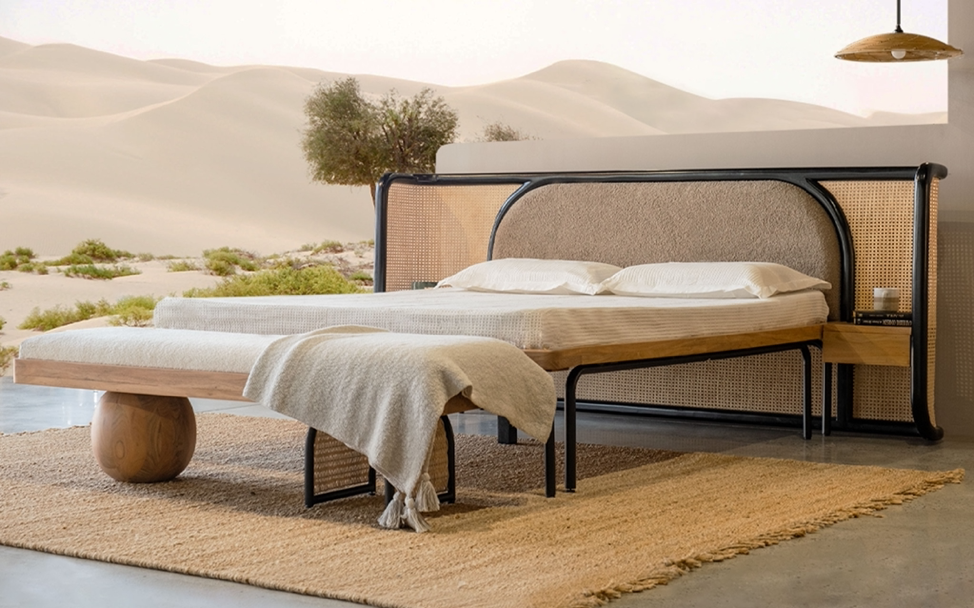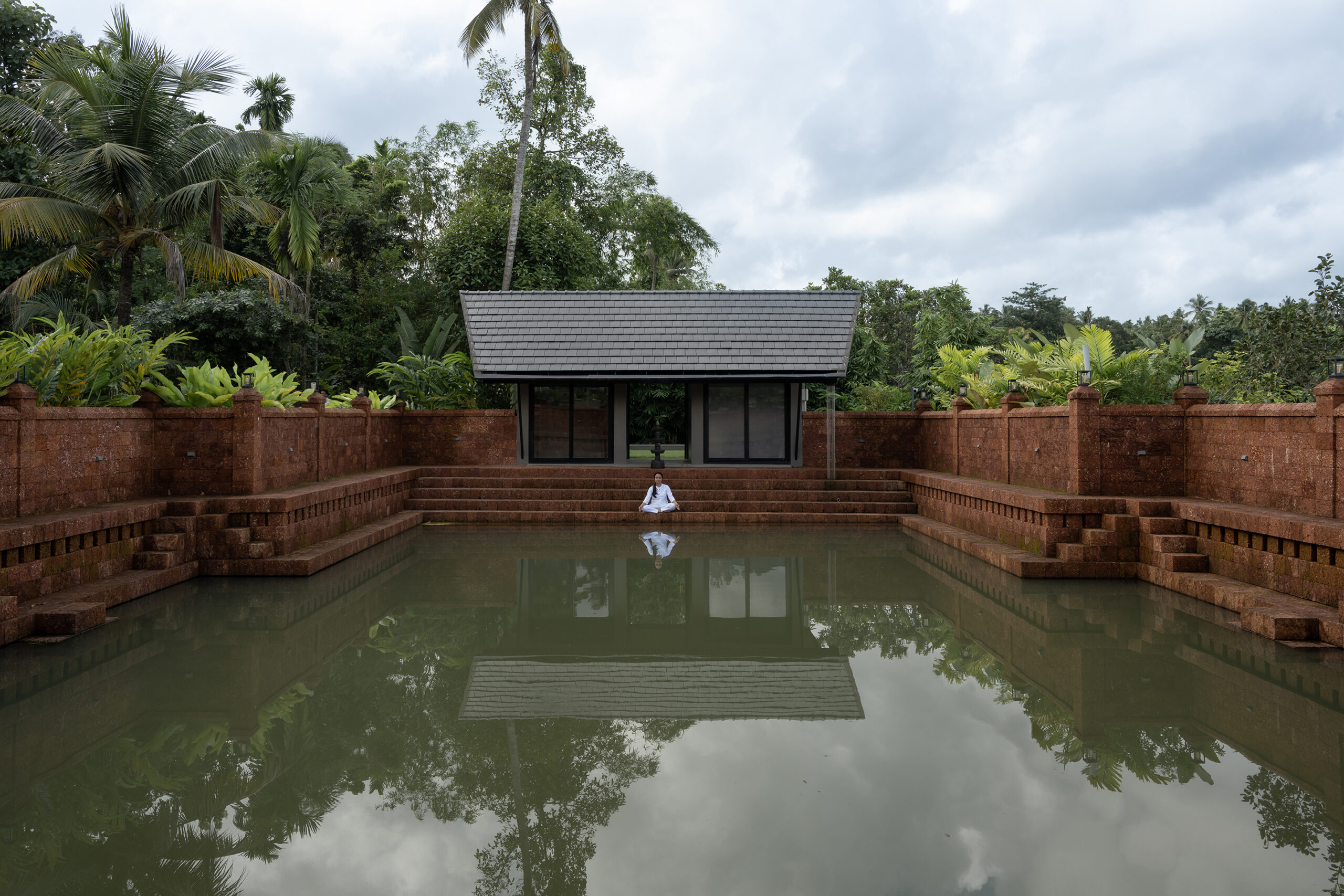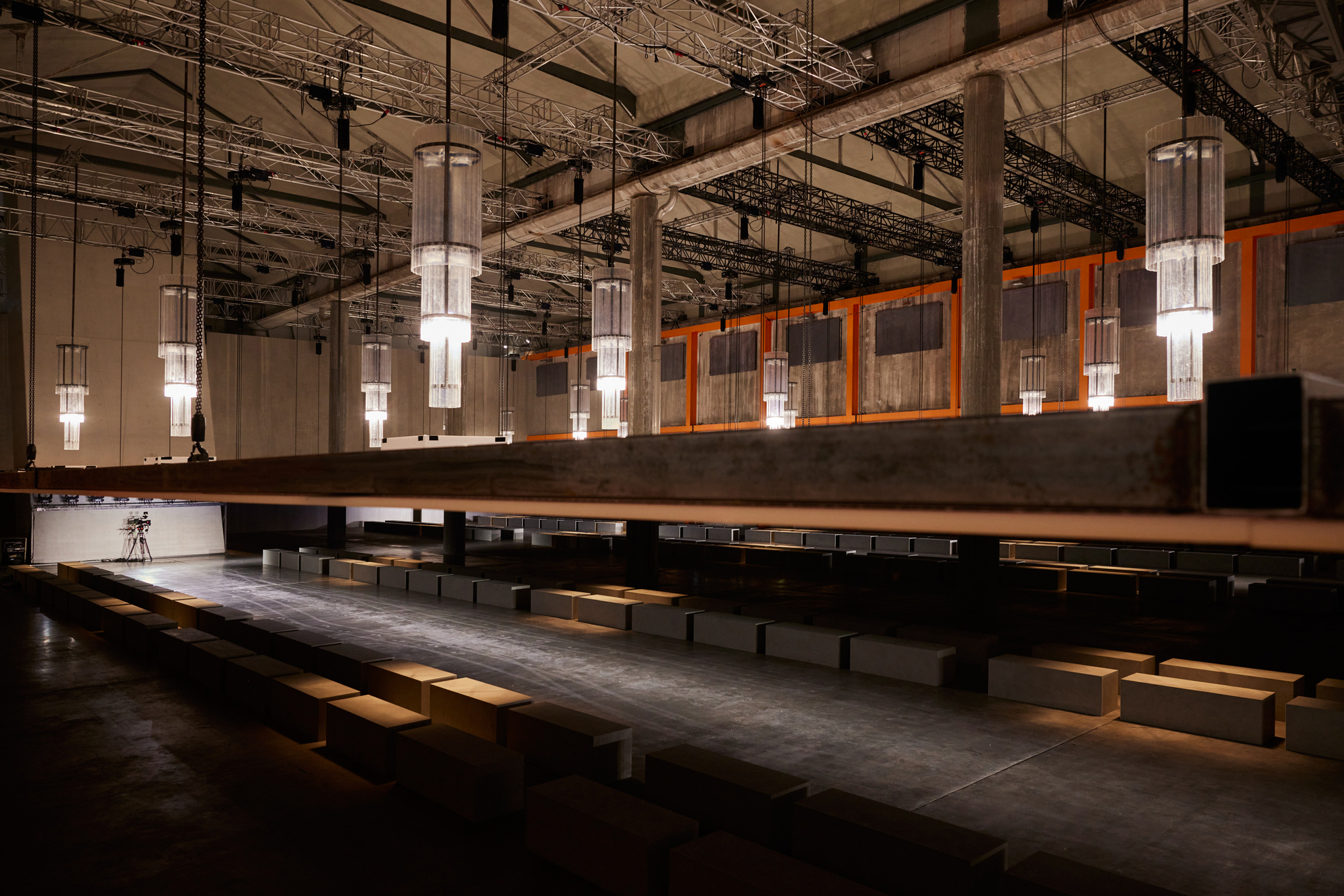Why the bed is the new desk, lounge, and retreat
If your bed has quietly become your desk, reading nook, café, and calm-down corner all in one day, you’re not alone.
With hybrid work on the rise, screen fatigue setting in, and a growing need for personal sanctuary, the humble bed is being redefined. No longer just for rest, it’s now where we work, unwind, reflect, and recharge. The bed has evolved into a wellness hub—central to modern, multifunctional living.
From Object to Anchor
“We’ve seen a real shift in how people engage with their beds,” says a spokesperson from The Original Bed Co., a UK-based manufacturer known for its iron and fabric frames. “It’s no longer just about sleep. Beds are now spaces for reading, working, watching TV, or simply taking a quiet pause.”
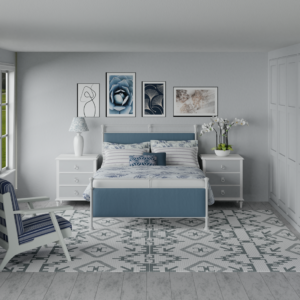
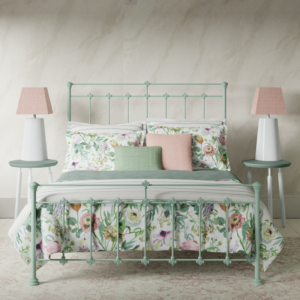
More clients are approaching beds as intentional design statements—focusing on finishes, materials, and mood. “People want their beds to reflect their personality. It’s now the focal point of home decor.”
Mumbai-based MuseLAB echoes this shift. “Bedrooms are now architectural centerpieces and lifestyle anchors,” say co-founders Huzefa Rangwala and Jasem Pirani. “They’re no longer just for night-time rest—they’re lived in throughout the day.”
Designing for Stillness
This redefined role of the bed is influencing how it’s designed. Take MuseLAB’s Andaman Canopy Bed, featuring bent metal and rattan—it feels like a retreat in itself. Their East Island Bed pushes the idea further, integrating side tables and tactile elements like handwoven cane and textured fabric. “Both are designed to encourage lingering, unwinding, and living around them,” say the duo.
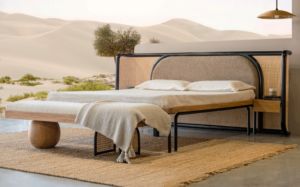
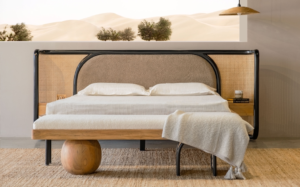
At Studio PKA, context is key. In The Mango House, a coastal retreat designed by Puran Kumar, the bedroom is a seamless extension of nature. “The use of raw, earthy materials and ambient sounds like birdsong makes the space deeply still and reflective,” says Kumar.
For PKA, restful design is about emotional honesty. “A bedroom should be a space where you can simply be—raw, present, and true to yourself.”
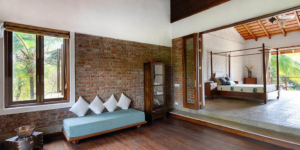
The Mood is Multifunctional
Living in bed is not about laziness—it’s about thoughtful, adaptive design.
As urban homes shrink and routines grow more fluid, beds now double up as desks, skincare stations, meditation nooks, and digital lounges. “Restful design, to me, is about creating a space that’s instinctively calming,” says The Original Bed Co. “A good bed enhances both sleep and the emotional feel of a room.”
MuseLAB agrees that thoughtful design is emotional. “Proportion, texture, and craftsmanship help calm the mind—design should ease, not overwhelm.”
Takeaways: How to Embrace the ‘Live-In-Bed’ Movement
- Layer textures: Combine linens, velvet cushions, cane headboards, and woven throws to add depth.
- Think dual-use: Add a tray table, sconce, or ledge for your tea, books, or laptop.
- Design with care: Opt for tactile materials—like cotton, wood, or stonewashed fabrics over synthetic ones.
- Create zones: A multifunctional bed can still be tidy. Design around seamless transitions—from morning routine to evening wind-down.


